Venice, Italy, is truly a sight to behold. With its winding canals, charming bridges, and historic architecture, it’s no wonder why it’s often referred to as the “Floating City.” However, some people argue that Venice should be called the sinking city rather than the floating city. The very thought of a city built on water is enough to capture the imagination of anyone who hears about it. But beneath its enchanting facade lies a sobering reality – Venice is sinking.
While Venice’s sinking is not a new phenomenon, it has garnered increased attention in recent years due to the alarming rate at which it is occurring. The city’s unique construction, consisting of wooden pilings driven into the muck, is gradually giving way to the relentless forces of nature and human activity.
Venice has been fighting against rising water since the fifth century. But now, it seems like the water is winning. Many things, both natural and man-made, make Venice flood about 100 times a year. This usually happens from October to late winter, and it’s called “acqua alta.”
When did people find out that Venice is sinking?
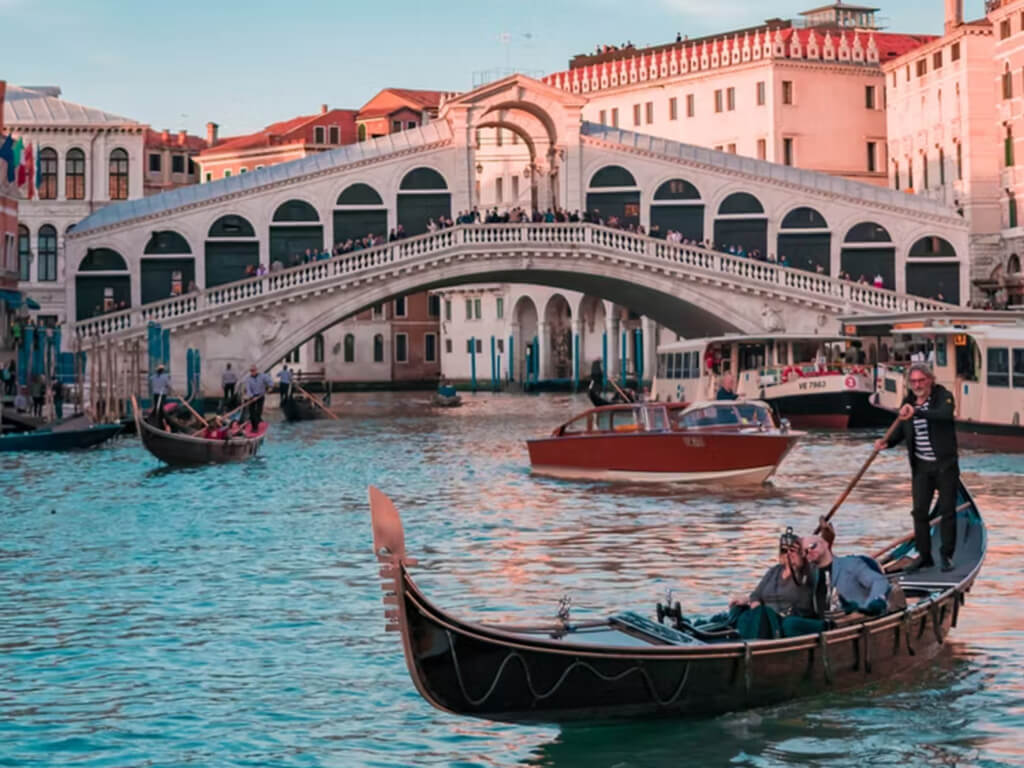
People have known for a while that Venice is sinking. It’s because of how the city was built. Venice sits on a lagoon, which is basically a shallow body of water, and it’s held up by a lot of strong tree trunks. This setup puts the city at risk of flooding when the tides get high, especially with the rising sea levels and higher tides. But in the past, these floods weren’t happening very often. Plus, there weren’t good records kept of how high the water was getting.
It wasn’t until around the middle of the 20th century that officials realized Venice was sinking. They blamed it on all the wells people had dug to try and solve the city’s water problems. These wells created empty spaces underground, and as a result, the ground beneath Venice started to sink a bit.
Since then, scientists and engineers have been trying to figure out how to stop Venice from sinking further. One big project is called MOSE, which is a set of barriers meant to keep the water out during floods. But even with these efforts, Venice is still dealing with the problem.
The sinking of Venice is a reminder that we need to take care of our environment. It’s also a reminder of how important it is to preserve historical places like Venice for future generations to enjoy.
Why is Venice, Italy sinking?
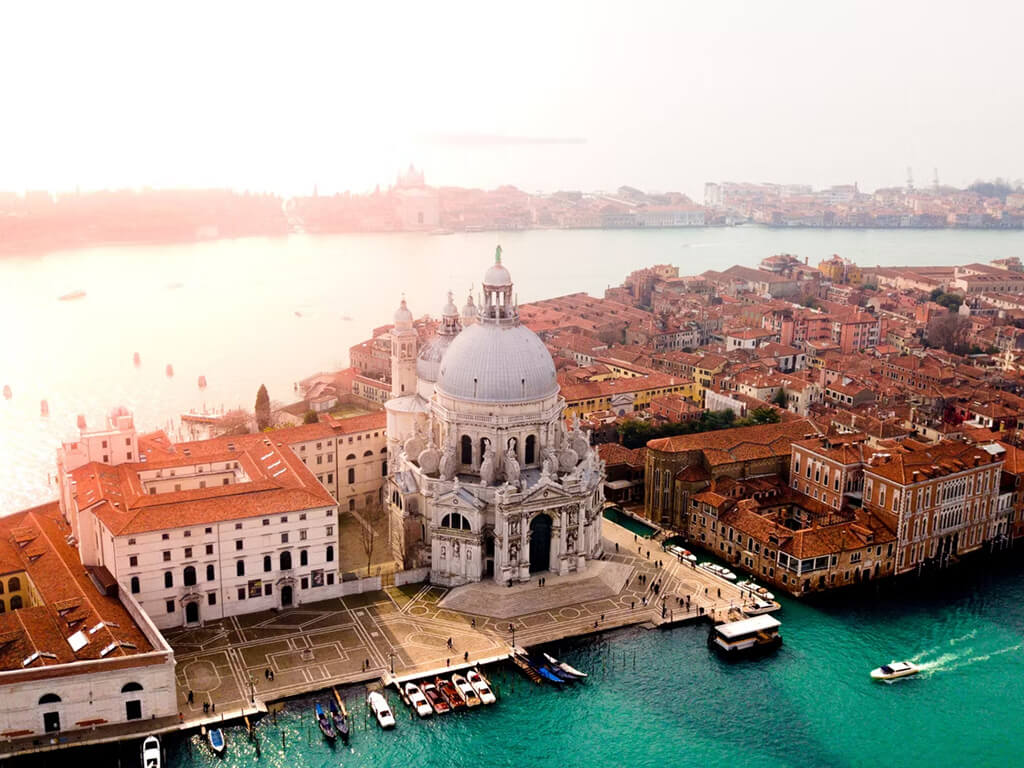
Venice is sinking because it’s surrounded by water, and all the heavy buildings are squishing the ground underneath. Plus, as the Earth gets warmer, the water around Venice is getting higher, which makes things even worse.
Scientists also say that something called plate tectonics is playing a part in Venice’s sinking. It’s like the ground that Venice is on is slowly moving downward.
People have come up with a bunch of ideas to explain why Venice is sinking. One of the first theories was about these things called artesian wells. Basically, the city drilled these wells to try and get fresh water for the people living there. But instead of helping, it made things worse because it created empty spaces underground, potentially affecting the aquifer beneath the city.
Venice has always been surrounded by water, but it’s salty water from the Mediterranean Sea. The city tried to fix the water problem with the artesian wells, but they had to give up on that idea when they realized it was making the sinking problem worse.
Then there’s the global warming theory. Scientists say that because the Earth is getting warmer, the sea levels are rising, due to increasing global temperatures. In Venice, the water is about 32 centimeters higher now than it was in 1872. And by the turn of the century, it could go up by anywhere from 17 to 120 centimeters! Global warming is also causing more floods to happen in Venice.
Lastly, there’s the plate tectonics thing. Venice is sitting on something called the Adriatic plate, and it’s slowly sliding underneath the Apennines Mountains nearby. This movement is making Venice and the area around it drop down a little bit.
So, it’s not just one thing causing Venice to sink; it’s a combination of factors. And it’s a big problem because Venice is such a beautiful and historic city.
When do people think Venice will go underwater?
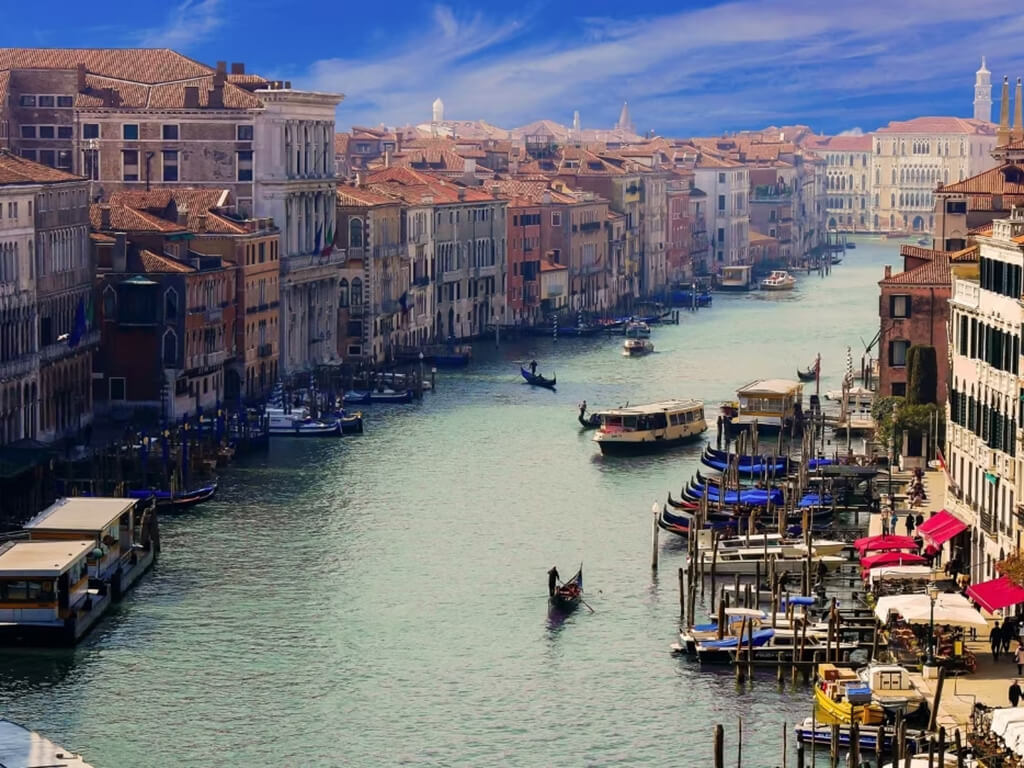
Climate experts think that Venice might sink by the year 2100. But there’s hope! With all the projects happening in and around Venice, like the Mose Project, we might be able to slow down the water from taking over the city.
While it’s hard to say for sure when exactly Venice will start going underwater, many experts think it could happen by the end of this century. But there are a lot of factors at play, especially with all the work being done to protect the city.
Venice is super special, so it’s a big deal for the people who live there and for officials in Italy and Europe to keep it safe.
Right now, Venice kinda “sinks” every year during something called Acqua Alta, which happens between October and March. During this time, water levels rise, and some parts of the city get flooded. It’s not completely underwater, but it’s enough to cause problems for churches, businesses, and homes.
This flooding worries a lot of people, so it’s probably best to visit Venice after April when the Acqua Alta is over. That way, you can enjoy the city without worrying about getting your feet wet!
What are people doing to stop Venice from sinking?
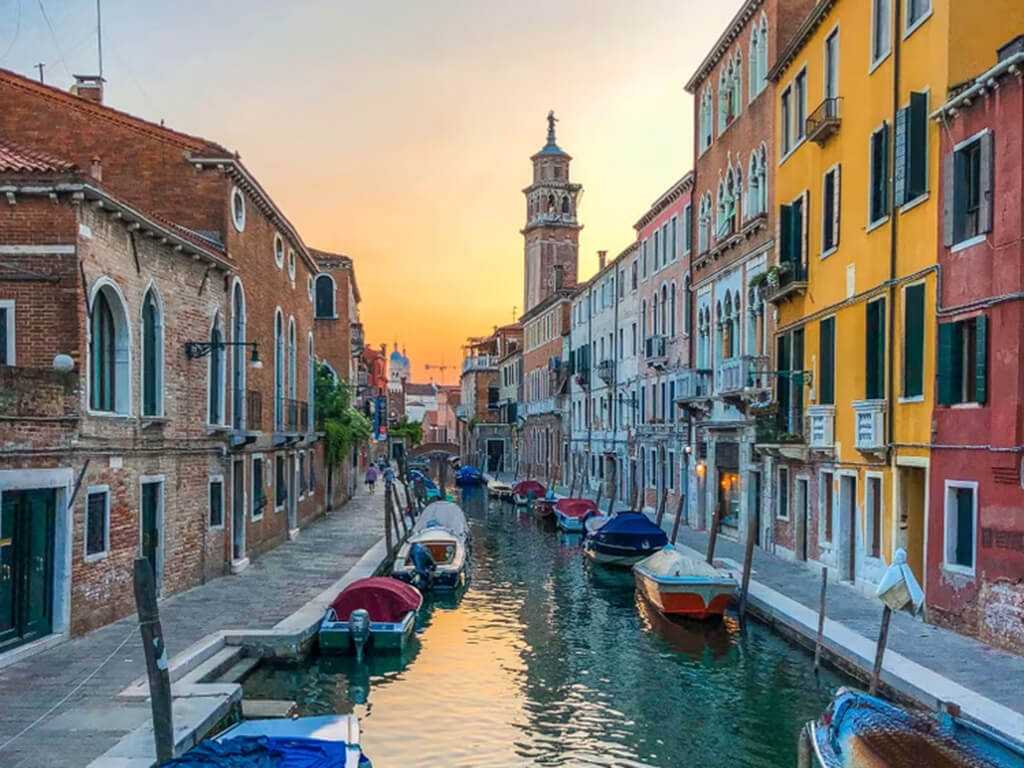
People are taking action to protect Venice from sinking. They’ve put up barriers all around the city to stop flooding. One big project called the Mose Project is almost finished. It’s adding 78 barriers in the water around Venice. By January 2024, it seems like they finished this work.
Even though other cities are also sinking, Venice isn’t just sitting around. They’re doing something about it. The Mose system, finished in January 2024, is a set of barriers that can move to keep the high tides out of Venice.
But it’s not just about barriers. There are other projects happening too. For example, there are efforts to restore and reinforce the city’s historic buildings and infrastructure. By strengthening these structures, they hope to better withstand the effects of sinking and flooding.
Additionally, there are ongoing initiatives to monitor and manage groundwater extraction. By regulating the amount of groundwater that’s pumped out, they can help prevent further subsidence of the city’s foundations.
Another important aspect of Venice’s preservation efforts is public awareness and education. People need to understand the importance of protecting Venice’s unique environment and cultural heritage. Through educational programs and outreach efforts, they’re working to engage residents and visitors alike in the conservation and sustainability of the city.
Furthermore, there’s a focus on sustainable development and urban planning. By incorporating green infrastructure and environmentally friendly practices into future development projects, they can minimize the impact on Venice’s delicate ecosystem and reduce the city’s vulnerability to sinking and flooding.
International collaboration is also key in addressing the challenges facing Venice. By sharing knowledge, expertise, and resources with other coastal cities facing similar issues, they can work together to develop innovative solutions and strategies for long-term resilience.
Saving Venice from sinking is a complex and multifaceted endeavor that requires coordinated efforts across various sectors. While there are no easy solutions, the ongoing projects and initiatives demonstrate a commitment to preserving this iconic city for future generations to enjoy.
Venice might be safe from future floods now
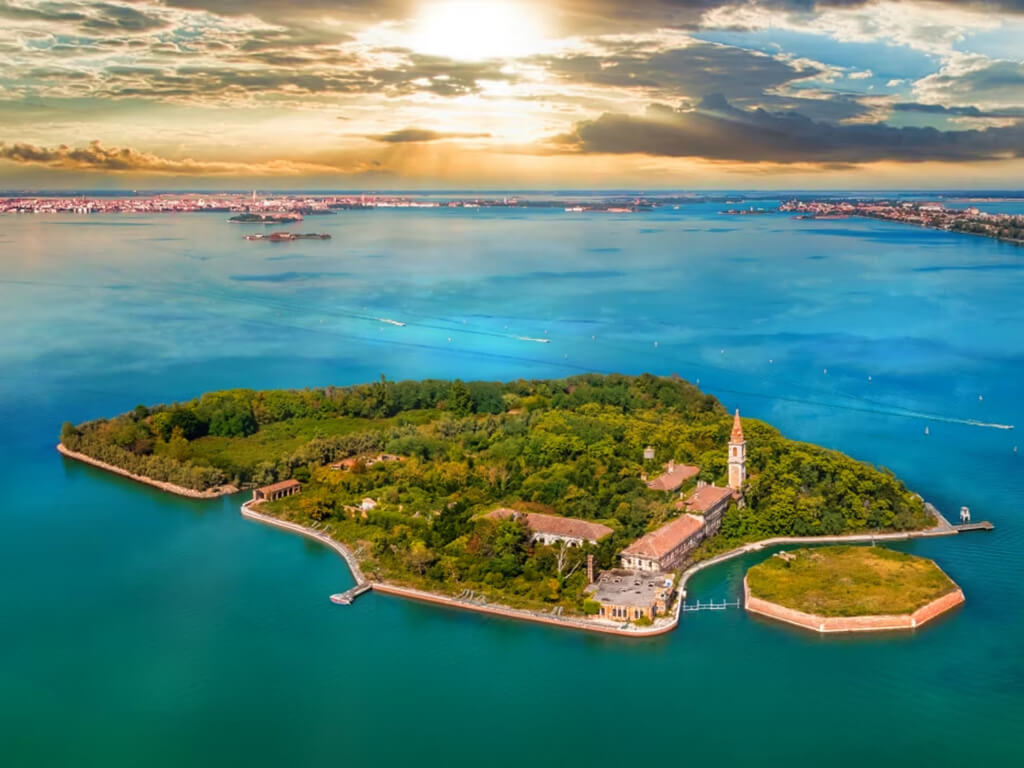
Venice has faced the threat of flooding for centuries, and finding a solution to this problem has been a top priority for the city and its residents. The completion of the MOSE project in 2023 marked a significant milestone in Venice’s efforts to protect itself from future floods.
MOSE, which stands for Modulo Sperimentale Elettromeccanico (Experimental Electromechanical Module), is a sophisticated system of mobile gates designed to safeguard Venice and the Venetian Lagoon from the impacts of exceptionally high tides. The project involved installing rows of these gates at the lagoon’s entrances, allowing authorities to seal off the lagoon from the Adriatic Sea during periods of heightened tidal activity.
One of the key features of MOSE is its ability to protect Venice from tides as high as 3 meters or nearly 10 feet. This level of protection is crucial for a city that has experienced devastating floods in the past, threatening its cultural heritage and infrastructure.
The completion of MOSE represents a significant technological achievement and a testament to human ingenuity in confronting the challenges posed by climate change and sea-level rise. By implementing innovative solutions like MOSE, Venice is taking proactive steps to adapt to the realities of a changing environment and protect its future viability.
In addition to the mobile gates, the MOSE project has also implemented other measures aimed at enhancing coastal defense and resilience. These include reinforcing coastal structures, elevating quaysides, and implementing sustainable urban planning practices to mitigate the impacts of flooding and erosion.
How MOSE works?
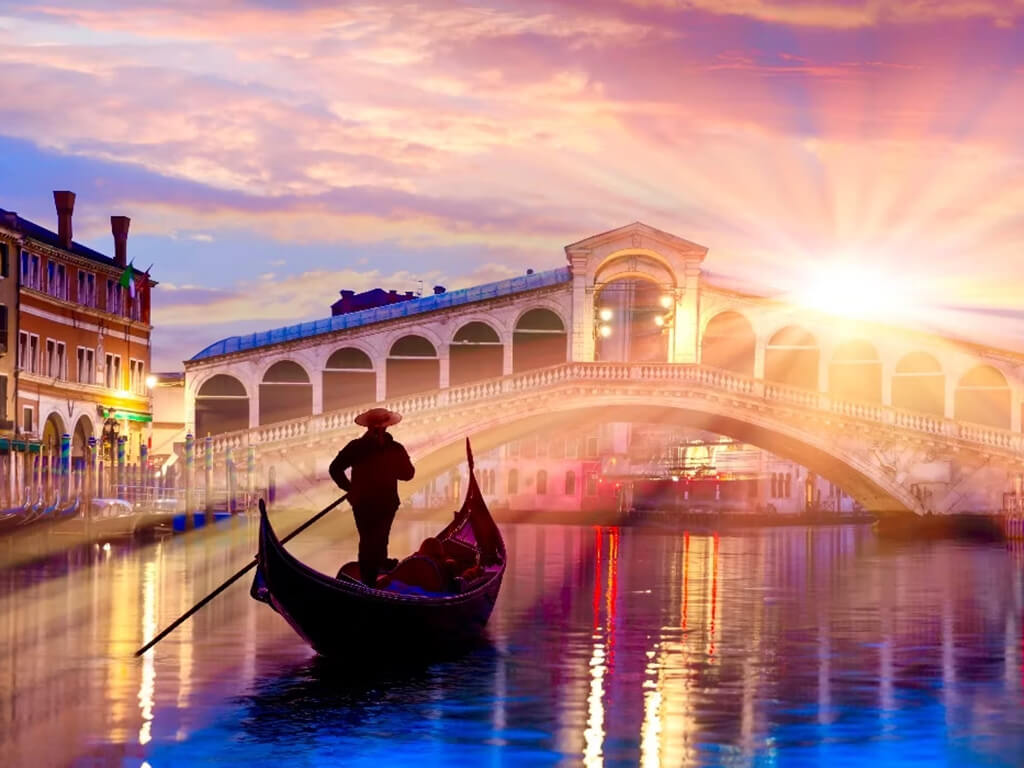
The MOSE project started in 1987. It’s a system of moving barriers designed to stop high tides from flooding Venice. The full name is the Experimental Electromechanical Model, but people usually just call it MOSE, like the guy from the Bible who split the Red Sea.
Big construction companies from Europe are working on this project. They’re part of a group called Venezia Nuova, which is sponsored by the Italian government. The cost of MOSE has gone way over budget, with the price now at over $6 billion. This has caused a lot of controversy in Italy, along with some other issues like work stoppages because of unpaid bills and political scandals.
In 2014, the former mayor of Venice, Giorgio Orsoni, was arrested. They accused him of taking more than half a million dollars in illegal campaign money from Venezia Nuova. They said he did it to try to get special treatment for them when it came to giving out contracts. Even though the court didn’t make a final decision, Orsoni and 24 other city council members stepped down from their jobs afterward.
The successful completion of the MOSE project is a testament to the collaborative efforts of scientists, engineers, policymakers, and local communities working together to address the unique challenges facing Venice. It demonstrates the importance of investing in innovative solutions to safeguard vulnerable coastal cities from the impacts of climate change and sea-level rise.
Final Thoughts
While MOSE represents a significant advancement in Venice’s flood protection capabilities, it is not a standalone solution. Continued monitoring, maintenance, and adaptation will be essential to ensure the long-term effectiveness of the system and its ability to withstand future challenges.
Furthermore, the completion of MOSE underscores the urgent need for global action to address the root causes of climate change and mitigate its impacts on vulnerable communities worldwide. By reducing greenhouse gas emissions, promoting sustainable development, and investing in climate resilience measures, we can help protect coastal cities like Venice and preserve their cultural heritage for future generations to enjoy.
Explore our website to find more helpful travel advice, clever tricks, and smart strategies for making your travels easier. Whether you want tips on packing, finding good deals on places to stay, or getting special travel benefits, our site has what you need. Come visit us and get ready for your next trip with all the info you need to make it great!
